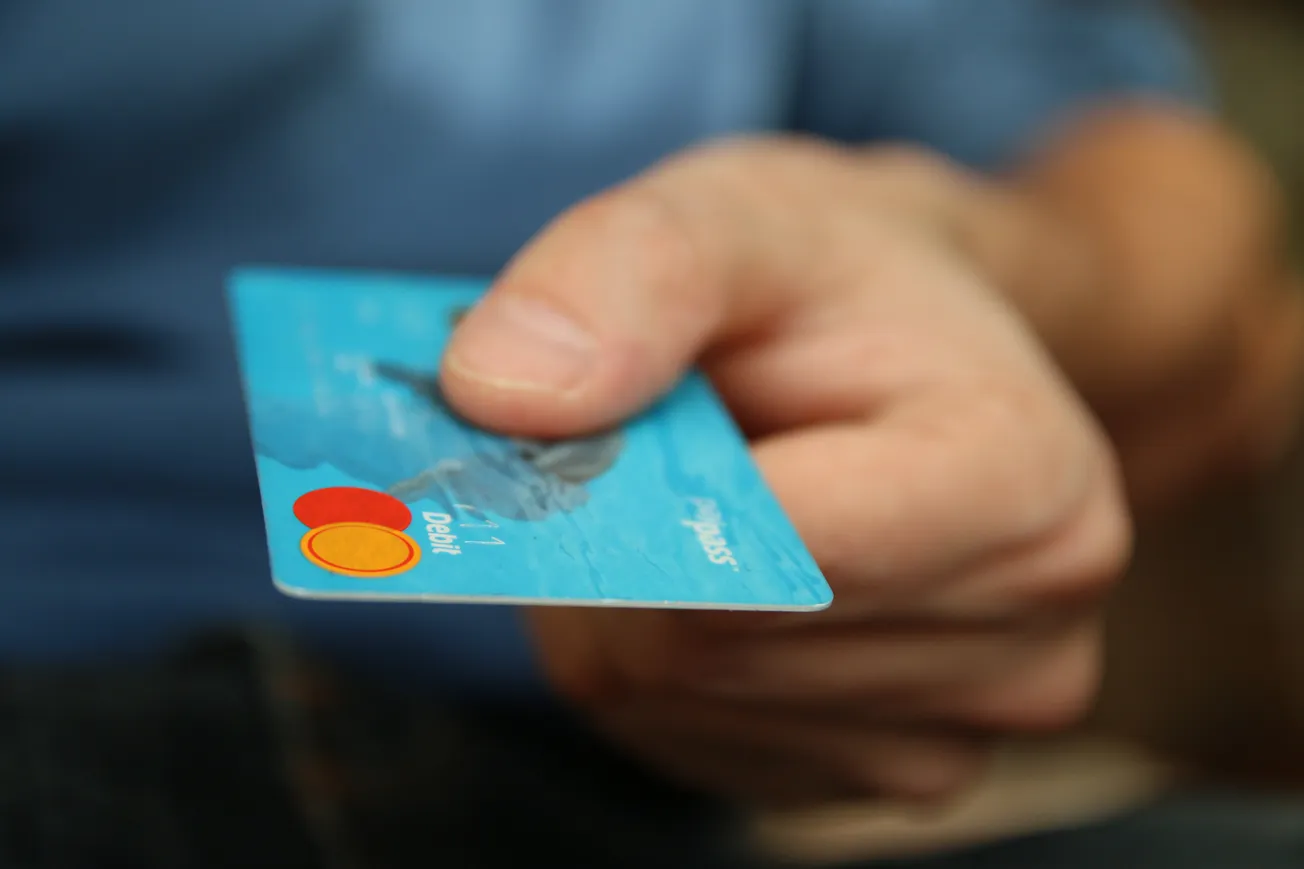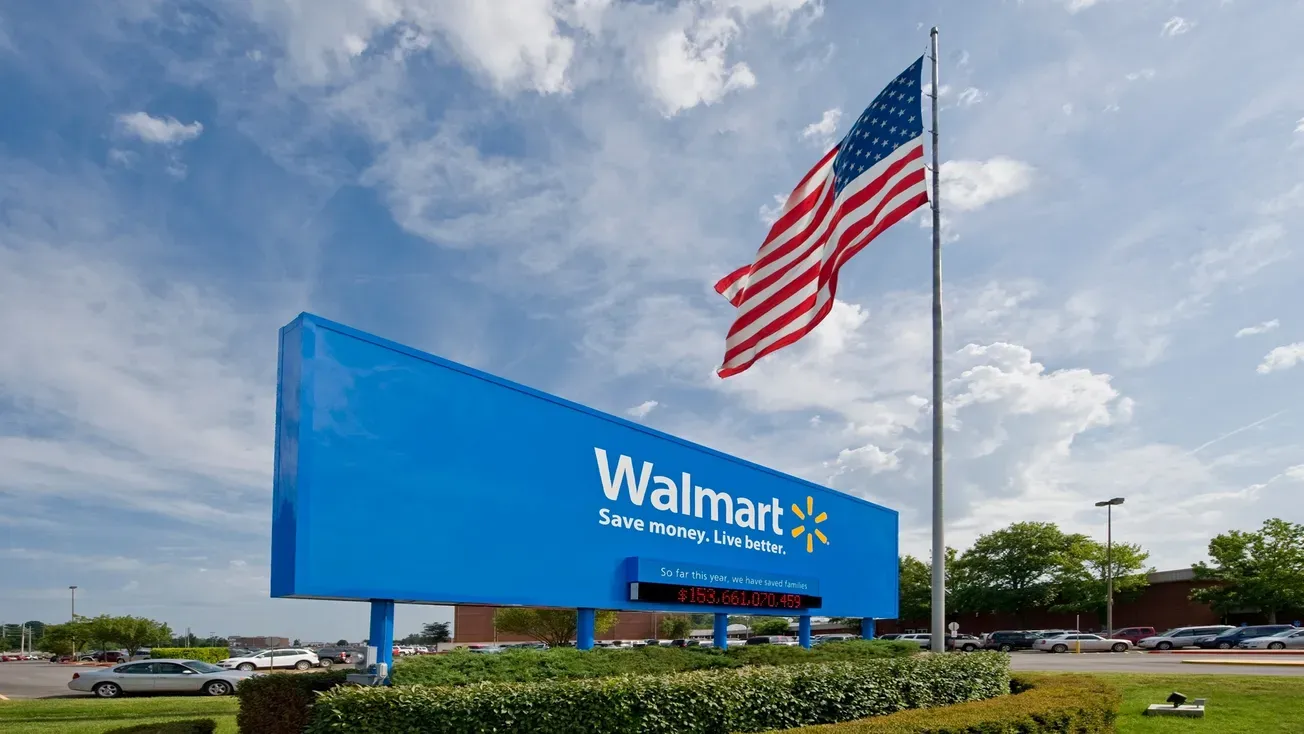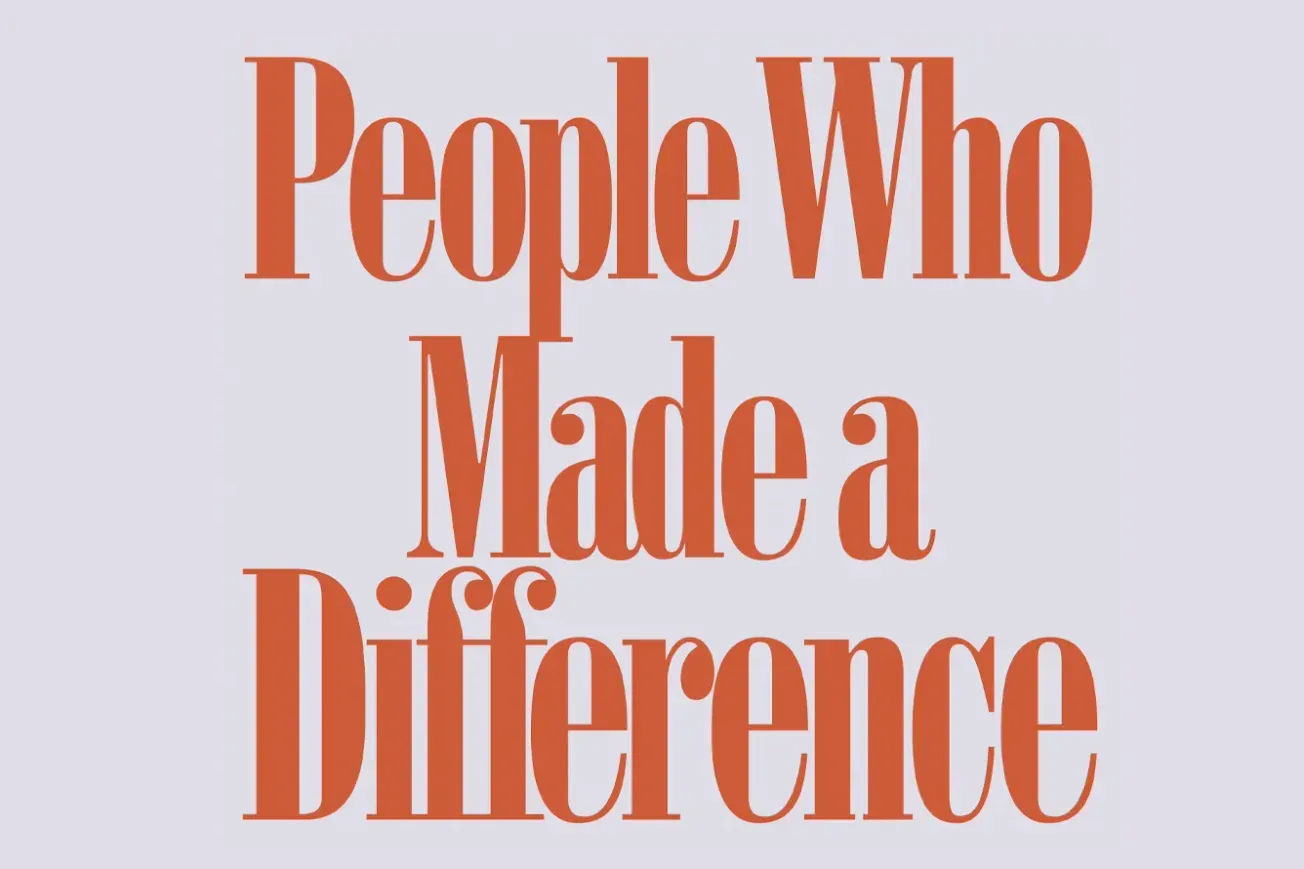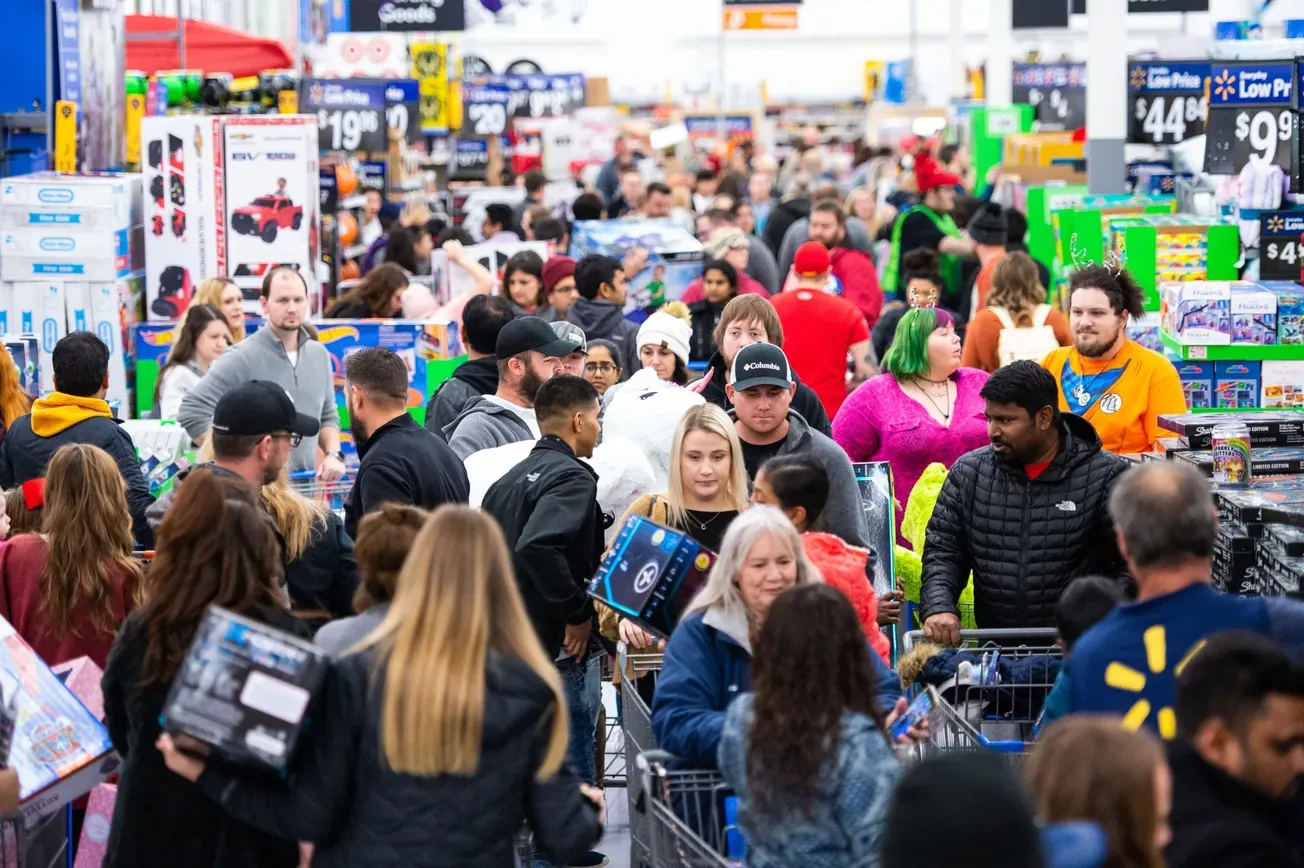Modernizing the traditional store circular often stirs debate in marketing circles.
Circulars offer value to customers, saving them money and building loyalty. They lift sales of promoted products, although true measurement is difficult, if not impossible, to attribute to the circular. Moreover, they help drive shoppers into more store aisles, expanding the range of products they will consider purchasing.
Mike Ebert, Catalina Marketing
But print circulars are expensive: In 2014 retailers spent $5.84 billion on them, according to Borrell Associates.
There’s growing evidence that improving the performance of print circulars requires the addition of an omnichannel approach, which recognizes the individuality of customers by presenting them with a handful of deals personalized for them — and delivered via their preferred methods.
So the question isn’t what would replace print circulars but how to make circulars more relevant to shoppers across all media channels — mobile, online and print — while raising their value for retailers and brands.
Facts reflect the magnitude and urgency of finding an innovative solution:
• More than 70% of the circulars displayed near a store’s entrance end up in the recycling bin.
• Two-thirds of shoppers don’t buy any of the items in that week’s traditional print circulars, according to a widely reported Catalina study.
• Only 23% of Americans read print newspapers in 2014, according to Pew Research. There are no statistics showing how many actually browsed circulars.
The solution isn’t simply moving from print to digital. In an omnichannel world, digital supplements print to reach all shoppers for maximum results.
But as we’ve seen with other print-goes-digital scenarios, efforts to distribute circulars digitally often fall short because they require action by the customer or they lack the personal relevancy that today’s consumers expect. In addition, browsing through dozens of items in a digital circular doesn’t translate well to a small smartphone screen.
Knowing each shopper
Personalization is no longer a fantasy of geeky futurists. It’s a prerequisite for staying competitive in today’s marketplace.
Companies like Amazon and Netflix have trained consumers to welcome personal recommendations, and they increasingly expect it. Seventy-six percent of U.S. consumers believe that receiving relevant discounts and offers is the primary benefit of sharing their personal information with retailers, according to Forbes Insights and Turn’s “The Promise of Privacy.” And 49% believe personalization makes them feel more valued by the retailer.
Most consumers today simply don’t have the interest or time to sort through pages of discounts each week in print circulars to find something they may want to buy. They expect their retailers to know them well enough to alert them to deals in which they may be interested — personalized through the analysis of their data from loyalty and opt-in marketing programs.
Take the example of a man who shops for disposable razors and cough drops. As he checks out, he receives a personalized print circular from the cashier, alerting him that the vitamins he often buys will be on sale next week in addition to four other items he’s purchased during the past few months.
This isn’t a scene from “Minority Report.” It’s real, and there’s growing evidence that personalization works. Catalina recently introduced My Favorite Deals, its new personalized circular program. The company reported that major retailers who had tried it in the United States, the United Kingdom and Europe saw a measurable 1.5% to 5% lift on sales of promoted items and an overall lift of up to 1.5% on spending by shoppers in the program.
Catalina uses retailers’ shopper purchase histories to score offers and select the most likely items individual customers will need to buy next. Their performance results are based on program key performance indicators (KPIs) measured through a closed loop process — something that can’t be done with traditional ad circulars.
Matter of logistics
Can drug chains really use a customer’s purchase history to pick personalized deals? High-level data analytics can weigh shoppers’ past activity with product attributes quickly and make personalized recommendations for identified, targeted shoppers.
Because drug chains plan circular ads weeks in advance, they are able to share with digital media companies who can use “big data” to match deals with customer data. And the shoppers benefit by getting offers that are relevant to them.
The personalized circular approach, such as My Favorite Deals, can also work across mobile and online, promoting the current week’s or next week’s ad items based on retailer preferences and goals.
The solution is not to eliminate the traditional print circular with a broad, untargeted reach — but to augment it with an omnichannel program that personalizes the experience for each shopper.
The powerful combination of personalized deals at the point of sale and the traditional ROTO raises the value of the circular campaign for advertisers as well. When a manufacturer argues that it deserves a lower ad rate due to declining readership of the traditional circular, retailers can point to personalized circulars to demonstrate that readership is actually shifting (not declining) and that revenue related to the campaign is rising measurably. This should help retailers maintain or even increase vital trade advertising revenue.
One-size-fits-all ad circulars are no longer the most effective way to maximize sales lift and shopper loyalty. In this age of the consumer, it takes a personalized omnichannel solution smart enough to pitch the right deal to the right customer at the right time via mobile, online and, yes, print.
Mike Ebert is group vice president at Catalina Marketing. He can be contacted at mike.ebert@catalinamarketing.com.









